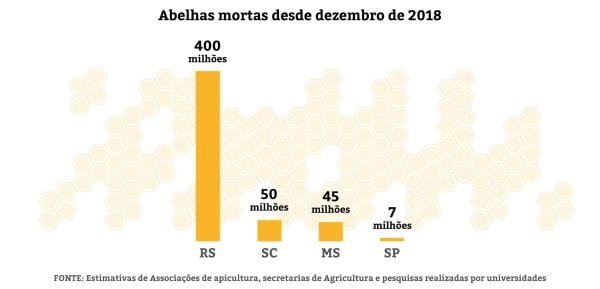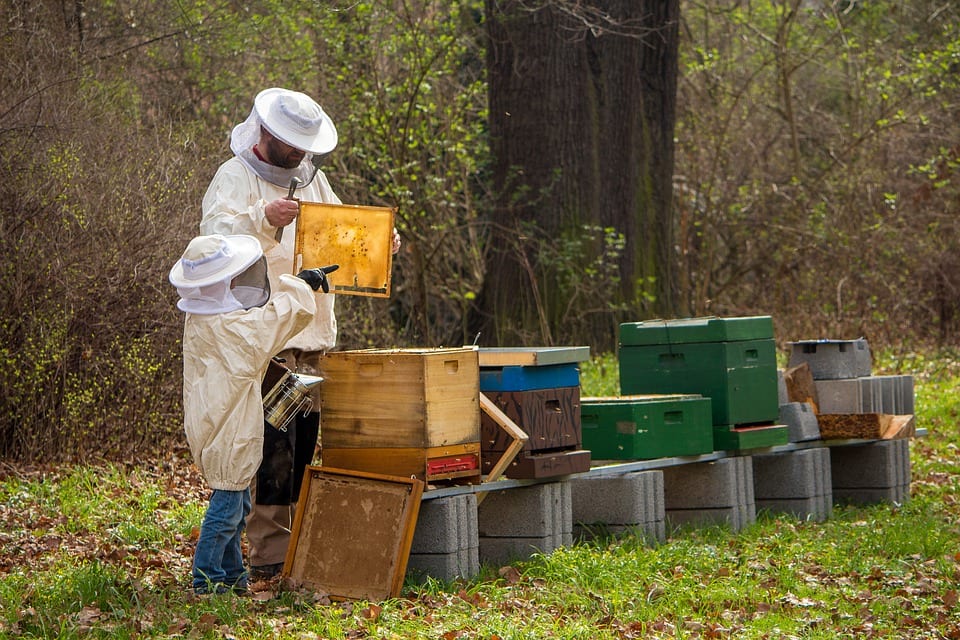I’ve always been jealous of people who grew up close to their grandparents and so were able to enjoy that bond. My family moved around so much when I was growing up that my grandparents lived far away, and I was only able to meet them a few times while they were still alive.
Beyond the love, care, and guidance that grandparents give to their grandkids, research shows that this special relationship is even more beneficial than we thought.

Photo Credit: Pexels
A 2016 study shows that children who have close emotional ties with their grandparents have a reduced risk of becoming depressed. The study was conducted by researchers from Boston College who analyzed data collected over a 19-year period.
More good news came out of the study as well. Grandparents also benefit from a close relationship with their grandkids, and the older folks are less likely to show depressive symptoms as well.

Photo Credit: Pixabay
Another study, out of the University of Oxford, found that kids who had close relationships with their grandparents coped better with difficult and traumatic life events, such as bullying or going through a divorce. This research also showed that kids with a higher level of involvement from grandparents in their lives had fewer behavioral and emotional problems and that they dealt with life changes in a healthy way.

Photo Credit: Pixabay
Kimberly Agresta, of the Agresta Psychotherapy Group, said:
“If parents regularly involve grandparents in their child’s life early on, a child can develop real emotional closeness to the grandparents and begin to see the grandparent as a source of strong social support. So a child will feel that they have other adults, aside from their parents, who love and care about them in the same way, and this adds to their sense of stability and security.”
If you grew up around your grandparents, consider yourself a lucky person.
The post Studies Show That Children Who Grow up Around Their Grandparents Are Happier and Less Likely to Be Depressed appeared first on UberFacts.









 : @awiexpedition / Mario Hoppmann #mosaic #arctic #arcticocean #research #science #alfredwegenerinstitut #mosaicexpedition
: @awiexpedition / Mario Hoppmann #mosaic #arctic #arcticocean #research #science #alfredwegenerinstitut #mosaicexpedition Photo by Mine Tekman #alfredwegenerinstitut
Photo by Mine Tekman #alfredwegenerinstitut